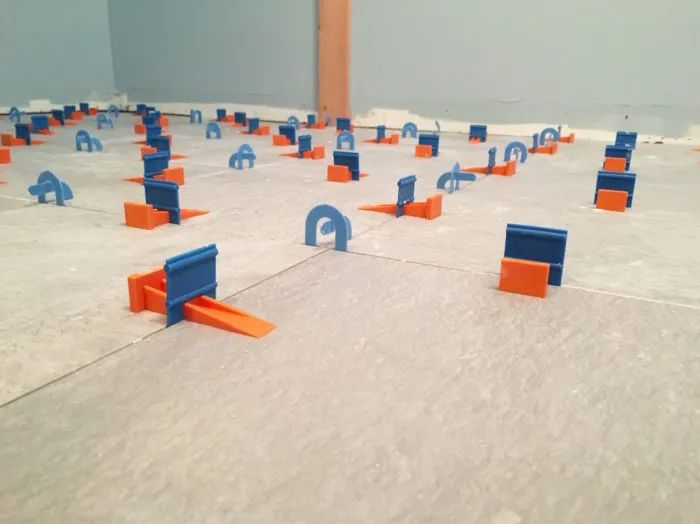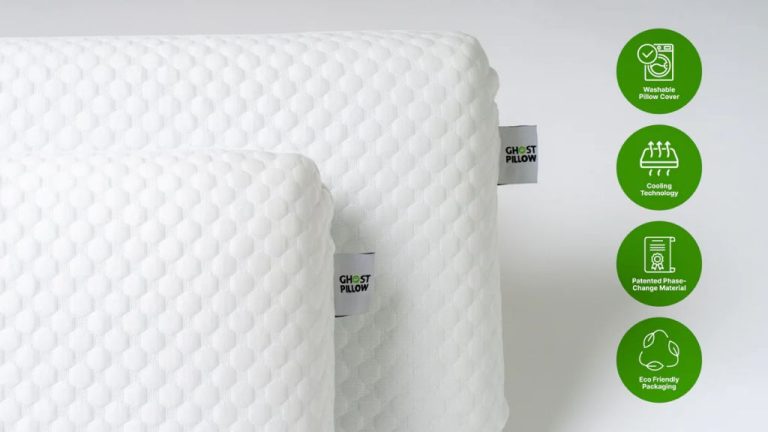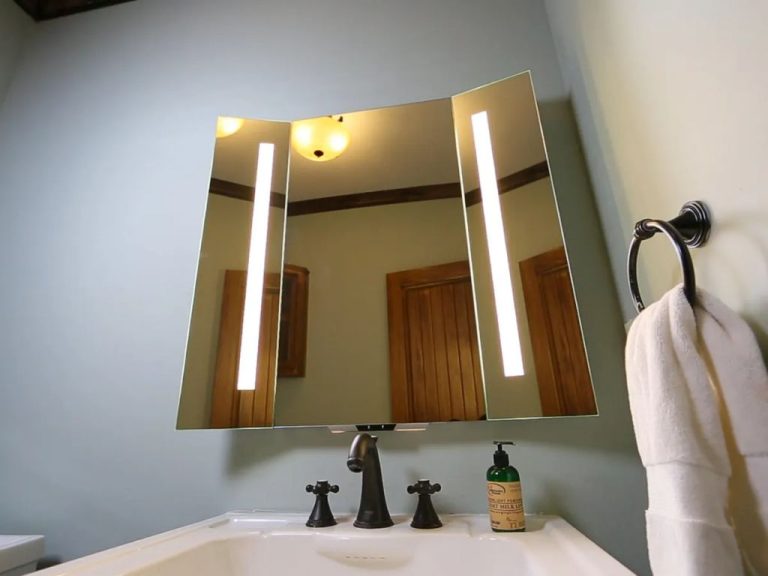How Can I Make With Clay?
Clay is a naturally occurring material composed primarily of fine-grained minerals, water and organic matter. It is flexible, pliable and adaptable, making it an ideal material for crafting and sculpting. Humans have been using clay to make pottery, religious idols, art forms and even structures since prehistoric times.
There are several types of clay, including earthenware, stoneware, porcelain and terra cotta. Each type has slightly different properties that affect its suitability for certain projects. In general, clay becomes more durable and watertight when fired at high temperatures. However, even without firing, clay can be shaped, molded and sculpted to create an endless array of decorative, functional and artistic objects.
Clay can be shaped into pots, plates, sculptures, jewelry and more. It can be molded by hand or thrown on a pottery wheel to form vessels and containers. Clay is an extremely versatile material that allows makers to craft custom pieces out of nothing more than the earth itself.
This article will provide an overview of the many possibilities of sculpting and crafting with clay. From sculpting figurines to throwing vases, handbuilding jewelry to creating architectural decor – clay can become almost anything in the hands of a skilled artisan.
Types of Clay
There are several types of clay used in arts and crafts, each with their own properties and uses:
Earthenware
Earthenware is a soft, porous clay that is fired at lower temperatures. It comes in a variety of colors like terracotta, red, brown and buff. Earthenware is easy to work with and good for beginners. It’s great for making pottery, tiles and sculptures. Because of the open pores, earthenware needs to be glazed to make it watertight if used for vessels.
Stoneware
Stoneware is dense and nonporous due to being fired at high temperatures. It comes in gray and buff colors. Stoneware has very low porosity making it naturally watertight. This type of clay is often used to create pottery, cookware and architectural items. It’s more difficult to work with than earthenware.
Porcelain
Porcelain is a fine, white and translucent type of clay. It’s very tough, hard and brittle. Porcelain is fired at the highest temperatures which results in its nonporous, glass-like quality. Due to its delicate nature, porcelain can be tricky to work with. It’s commonly used to make pottery, dinnerware, sculptures and other decorative objects.
Clay Sculpting
Clay sculpting allows you to create three-dimensional works of art from clay. Here’s what you need to know about supplies, techniques, and the baking/firing process when sculpting with clay:
Supplies Needed
To start sculpting with clay, you’ll need:
- Clay – Polymer clay or air-dry clay work best for sculpting
- Sculpting tools – You can use anything from professional sculpting tools to improvised items like toothpicks, knives, forks
- Acrylic roller or pasta machine – For rolling out slabs and sheets of clay
- Work surface – Glass, wood, or marble work well
Sculpting Techniques
Some sculpting techniques to try:
- Additive – Build up your sculpture by gradually adding pieces of clay
- Subtractive – Start with a solid block and remove clay to create your sculpture
- Coiling – Roll long coils then stack them to build up shapes
- Slab construction – Cut or press slabs together to form structures
- Carving – Remove clay from a solid block using sculpting tools
Baking/Firing Process
Once your sculpture is complete, it needs to be hardened through baking or firing:
- Polymer clay – Bake in a regular oven per package instructions
- Air-dry clay – Allow to fully dry and harden at room temperature
- Ceramic clay – Needs high firing temperatures in a kiln to fully harden
With some clay, basic supplies, and sculpting techniques, you can create detailed works of art from clay!
Pottery
Pottery is one of the most popular and rewarding ways to work with clay. There are two main methods for creating pottery – wheel throwing and handbuilding.
Wheel throwing involves using a pottery wheel to shape clay into symmetrical forms like bowls, vases, cups, and plates. This takes practice to learn how to center the clay on the wheel and pull up walls evenly. Wheel throwing allows you to create multiples of the same shape quickly.
Handbuilding involves sculpting clay without the use of a wheel. Techniques like pinch pots, coils, and slabs allow you to shape clay into unique, organic forms. Handbuilding gives you more control over the final design and is great for beginners.
Once clay pottery is shaped and dried to a leather-hard state, it is ready for decorating and glazing. Glazes are mixtures of minerals and chemicals that form a glassy coating when fired. They add color, make pieces watertight, and create different surface effects. Glazes can be brushed on or dipped to coat the bisque ware before firing.
Clay pottery must be fired in a high temperature kiln to permanently harden and set the glazes. Different clays require different temperature ranges. Earthenware fires at lower temps up to 2,200°F while stoneware requires 2,200-2,400°F and porcelain needs 2,400-2,600°F. Matching the clay and glazes to the proper kiln firing range is important for success.
Clay Jewelry
Clay is a versatile material that can be used to create beautiful and unique jewelry pieces. Here are some tips on working with clay for jewelry making:
The best types of clay for jewelry are polymer and modeling clays. Polymer clays like Sculpey and Fimo can be shaped at room temperature, baked to harden, then painted. Modeling clays like La Doll Premo can also be hardened by baking. These clays allow for fine detailing and intricate shapes.
There are endless techniques to explore with clay jewelry. Millefiori involves rolling out thin sheets of clay, cutting shapes, and layering them to make floral and geometric patterns. Caning uses long thin rods of layered clay cut into sections to reveal intricate designs. Extruding clay through a pasta machine or specialized extruder tool allows for long, uniform coils and tubes.
Finishing techniques like sanding, rubbing with alcohol, and applying glazes and paints give clay jewelry a glossy polished look. Sealing properly is important to protect the clay from moisture and prevent fading. A clear acrylic spray or brush-on varnish seals the surface. Wax or vaseline can also be applied before baking for shine.
With some practice and creativity, clay is an accessible and fun material for making stylish jewelry pieces from scratch.
Clay in Architecture
Architects and builders have used clay in construction for thousands of years. One of the earliest and most widespread uses of clay is to make bricks, which are small blocks of hardened clay that can be stacked to build walls and foundations. Clay bricks are produced by mixing clay with water to make it soft and moldable, then forming it into brick shapes and firing the bricks at high temperatures to harden them.
Fired clay bricks have been used as far back as 7,500 BCE in the Middle East. The ancient city of Jericho featured some of the earliest known brick architecture. Bricks further allowed the development of multistory structures, public works, palaces, and temples in ancient Mesopotamia, Egypt, Greece, Rome, China and other early civilizations. Over thousands of years, bricks produced from clay remained a standard building material around the world.
Today, clay bricks are still common in construction. Modern clay bricks are mass-produced in factories and benefit from advances in engineering and kiln technology. However, the fundamental idea remains the same – mixing clay, forming it into brick shapes, and firing the bricks to harden them.
In addition to traditional fired clay bricks, clay is also used in a building technique called rammed earth. Rammed earth involves taking natural clay soil, usually mixed with sand and gravel, and compacting it into forms to make walls. Rammed earth has seen renewed interest in modern times as a sustainable building material that doesn’t require high-energy manufacturing like fired bricks. It provides good insulation and thermal mass for energy-efficiency. While not suitable for all climates and structures, rammed earth is an eco-friendly way to utilize the innate building properties of clay soil.
Between traditional clay brick architecture and innovations like rammed earth, clay remains an important natural construction material. Builders continue to find new and creative ways to use clay’s fundamental traits – its durability when fired, moldability when wetted, and availability nearly everywhere worldwide.
Clay Plant Pots
Clay plant pots are a fun and creative way to showcase your plants. When making clay pots, the first step is choosing the right type of clay. For plant pots, an earthenware or stoneware clay works best as they can withstand fluctuations in temperature and moisture. Avoid porcelain clays as they are not very durable.
Shaping the clay into a pot can be done using a few different techniques. You can roll slabs of clay and join them into a cylinder shape, or you can throw a pot using a pottery wheel. Pinch pots are another simple handbuilding technique for small pots. Allow your shaped pots to dry slowly to prevent cracking.
Before planting, clay pots must be fired in a kiln to harden and seal the clay. Once fired, you can leave pots plain or add color using ceramic glazes. Cold glazes can simply be brushed on before firing while hot glazes are applied to an already fired piece before a second firing. Fired pots should have drainage holes added before using as a planter.
Clay Ovens
Clay is an excellent material for building ovens due to its ability to withstand high temperatures. There are many types of clay ovens used around the world for cooking and baking:
Tandoor Oven
A tandoor is a cylindrical clay oven originating from the Indian subcontinent. It is used for cooking meats, naan bread, and tandoori chicken. Tandoors are traditionally made from clay with insulation like sand or vermiculite between the layers. They can reach high temperatures of about 480°C (900°F).
Pizza Oven
Clay pizza ovens are dome-shaped ovens excellent for baking pizzas. The clay helps distribute heat evenly and can reach temperatures over 400°C (750°F). Pizza ovens are often made from clay high in refractoriness, like fire clay, to withstand repeated heating and cooling cycles.
Wood-fired Oven
Wood-fired clay ovens are a type of masonry oven made from materials like clay, brick, and cob. The clay’s insulating properties allow the oven to retain heat for prolonged periods after the fire has gone out. Different clays can be used depending on factors like the desired baking temperature.
When constructing a clay oven, choosing a clay with the right properties is important. The clay should have good thermal shock resistance to prevent cracking from heating and cooling. A sandy clay high in silica provides good insulation. Clay high in iron oxide helps retain heat. The clay may require the addition of materials like sand or straw to improve insulation and stability.
The oven chamber can be shaped by hand or built over a form. Allow adequate time for drying before the initial firing. Multiple firings may be needed to fully cure the clay. Careful construction and proper clay selection results in a durable, high-performance oven.
Troubleshooting Clay Work
When working with clay, there are some common issues that can arise if proper techniques are not followed. Here are some troubleshooting tips for the most frequent problems:
Cracking and Breakage
If your clay projects are prone to cracking or breaking apart, it’s likely an issue with improper drying. Here are some tips to prevent cracking:
- Avoid letting clay dry too quickly, which can cause uneven drying and cracks. Cover clay in plastic when not working.
- Wrap clay in a damp cloth if cracks start to form while sculpting, to allow moisture to re-enter the surface.
- Avoid sudden temperature changes which could shock the clay.
Improving Workability
If your clay is difficult to knead or mold, it may help to:
- Knead in a small amount of water to improve plasticity.
- Let the clay rest for 15-30 minutes after wedging to allow moisture to equalize.
- Avoid overworking or over-kneading the clay, which can make it stiff.
Correcting Moisture Content
You want clay with the ideal moisture content – not too wet or dry. Adjust moisture as needed:
- If too wet, allow to air dry uncovered until no longer sticky.
- If too dry, knead in water gradually until reaching proper consistency.
- Test consistency by poking a finger into the clay, which should leave an indent without sticking.
Conclusion
Clay is an incredibly versatile and creative medium that can be shaped into almost anything. As we’ve explored, clay can be used for sculpting figurines, creating pottery like mugs and vases, making jewelry, architectural decor, plant pots, ovens, and much more. The possibilities are endless thanks to the moldable and workable nature of clay.
Clay allows limitless creativity – it can be pinched, coiled, rolled, stamped, carved, and shaped however you desire. The finished look ranges from smooth polished ceramics to textured hand-built pieces. Your imagination is the only limit when working with clay.
There are many resources available to learn more about working with clay. Look for classes at local arts centers or pottery studios to get hands-on instruction. Books and online tutorials can provide more clay project ideas and tips. Start experimenting with clay yourself to discover just how gratifying this medium can be.



